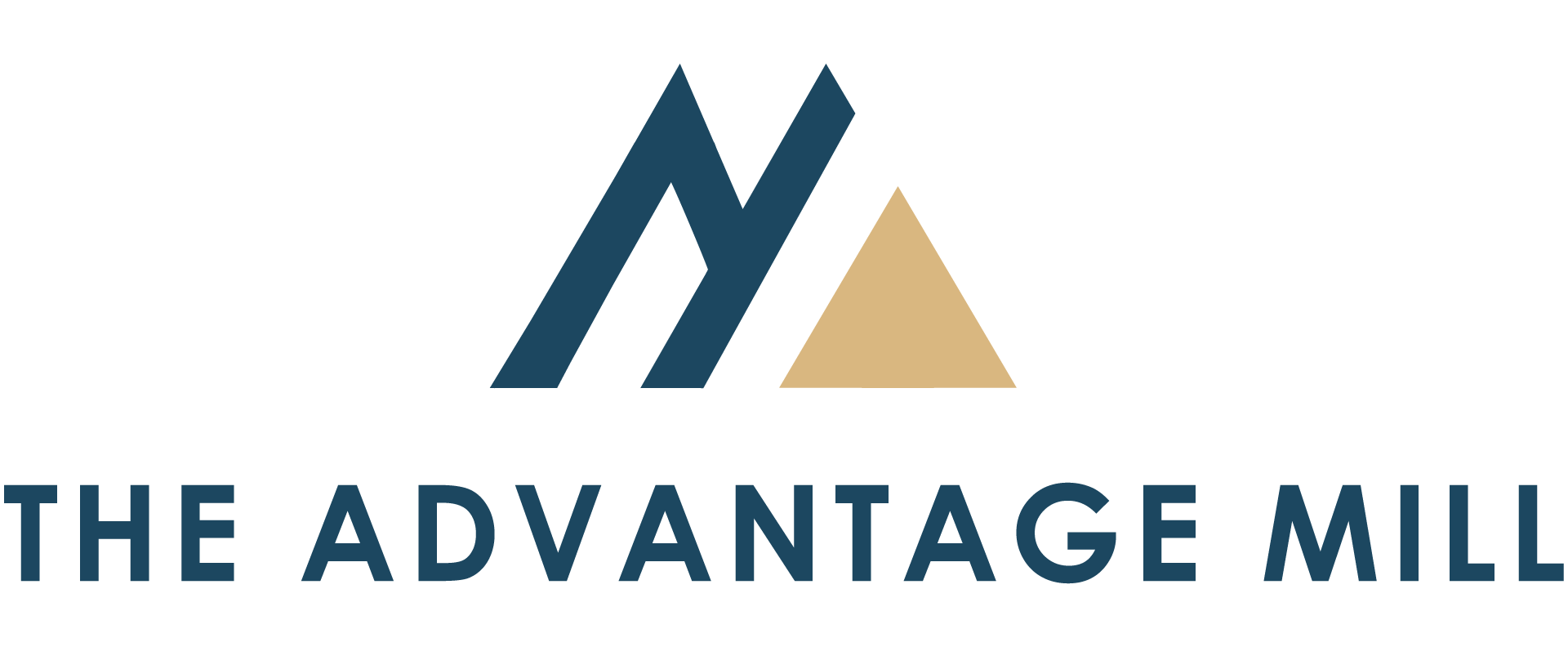Part 4 of 6
By Al Mills
Lack of Commitment
Key Symptom: Ambiguity
I remember one night in high school I was going to a dance and my mother didn’t really want me to, so she told me I had to be home by 10:00 PM. I assured her I would be home on time, but I knew I had no intention of being home ‘til at least midnight. I always found it easier to slink out from underneath the punishment than to just do what I was supposed to.
This is what lack of commitment looks like in the team world. Working from an absence of trust to a fear of conflict, and now to a lack of commitment is a pretty logical line. No trust means no true debate, half-hearted debate leads to no buy-in, and no buy-in leads to unfulfilled commitment. We all know how it is and I suspect most of us have done it…we’ve gone through a decision-making meeting, didn’t express ourselves, and agreed to do something with either no intention of following through, or with the reservation that you won’t have to follow through once everyone realizes what a questionable idea this was in the first place.
When people feel heard, and they’ve had the opportunity to freely and fully express themselves, buy-in to a decision they may not agree with is much easier. Sometimes you hope that dissenting individuals have had a change of mind when presented with alternative viewpoints, other times, despite not being convinced, those that have had a chance to safely debate, will get on board with the team’s decision and make a solid commitment toward accomplishing the goal. Once the team makes a call, everyone is committed to following through on that goal.
Ambiguity creeps in when uncommitted individuals agree to take care of something, or get that done, or say “let me look into that.” There’s little to no commitment and the ambiguity of the commitment makes it even easier to get away with.
Clarity is one of the most crucial components of leadership; it avoids misunderstanding and lack of goal accomplishment, for without a target, who’s to say whether you hit it or not?
When considering how these dysfunctions affect your team, investigate whether they are a symptom or a cause. In most cases, it’s possible to work backwards down the dysfunctions and it should become quite clear that the lack of commitment on the part of team members is a reflection of fear of conflict and lack of trust. Do you see elements of invulnerability from team members? Is defensiveness high on the response list when presenting opposing viewpoints? Do people have the ability to let go when the debate goes away from their viewpoint?
Practical steps are available to implement in which teams, and individuals will find their way to a new freedom and proficiency when we start to disassemble the Five Dysfunctions of a Team.
To get complete expansion on this make sure you read Lencioni’s book The Five Dysfunctions of a Team.
Stay tuned for the next Dysfunction from Lencioni
Al Mills is the lead consultant and founder of The Advantage Mill, a company dedicated to bringing out the best in the workplace. You can find the website at theadvantagemill.com.
